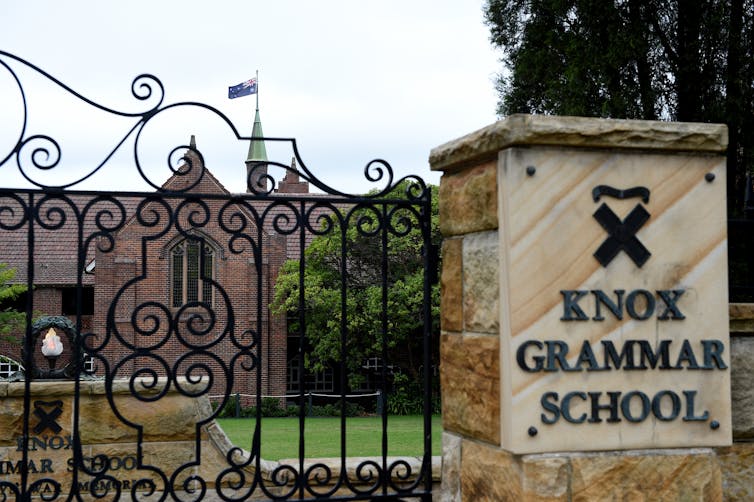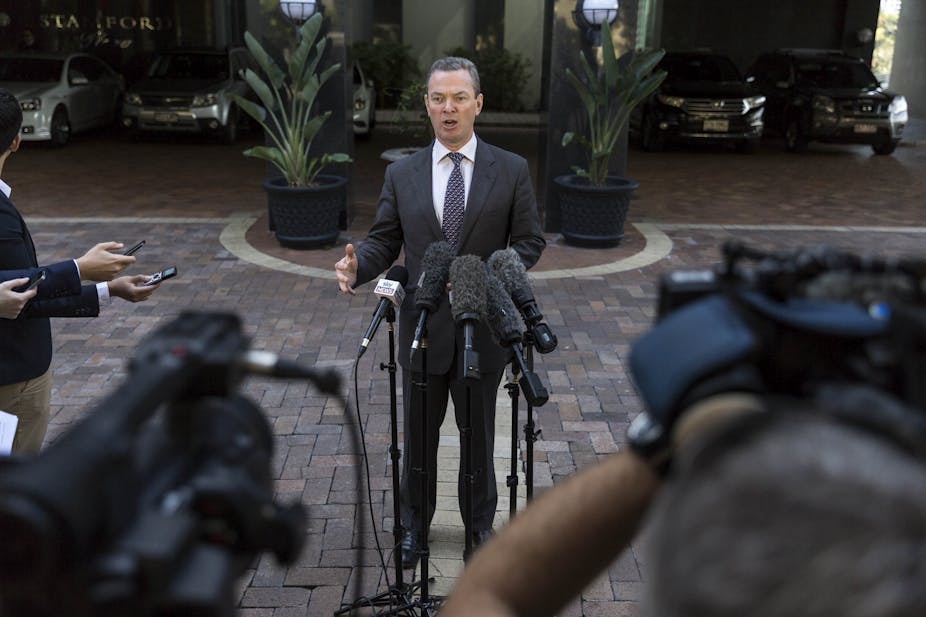The leak of four reform proposals for Australian schooling from a confidential draft of the Green Paper on the Reform of the Federation has triggered panic and confusion across the country. But while the proposals may seem worrying at first glance, they need to be put in context.
First, these are not policy announcements. They are merely the next step in the long, exhaustive White Paper process, following the launch of the issues paper exploring roles and responsibilities in education late last year.
Discussion and feedback from that paper has been digested by the White Paper Taskforce in the Prime Minister’s department, and now have taken some rudimentary form as a collection of policy reform options in a draft of the Green Paper.
These options are now the subject of confidential and collaborative discussions with Australia’s state and territory governments – discussions intended to critique, elaborate, amend and refine. Following these revisions, the Green Paper will be publicly released for everyone else to view and have their say.
The Green Paper is a consultation document outlining a range of possible solutions to the key problems as assessed by the government. Public submissions are encouraged.
Only after all of this feedback, and yet more research, more consultation with stakeholders and further discussions with the states, will the Commonwealth release the end product – the White Paper – next year.
This document will officially state the government’s preferred policy settings and approach on government roles and responsibilities in education, health, housing and financial relations. Even White Papers, however, are far from implemented policy: they are just preferred policy settings.
Second, the proposals leaked to Fairfax Media are not at all surprising to those that read the background “issue paper” on federalism in education, which repeatedly argued that schooling outcomes would likely be improved if the Commonwealth returned some or all of its responsibilities in school education to the states. It also raised the possibility of alternative funding structures.

Proposal 1: make states and territories responsible for all schools
This could improve the targeting and effectiveness of education funding and programs. But it must be accompanied by commensurate funding from the Commonwealth to the states.
Having two levels of government making funding and program decisions independently distorts policymaking, dilutes the effectiveness of programs and distracts schools from their own cohesive and tailored plans for enhanced learning.
Proposal 2: make states responsible for public schools, and Commonwealth non-government schools
This could exacerbate the inequities and policy perversions created by two levels of government pulling independent policy levers independently, and provide incentives to reduce expenditure at the expense of the other level.
Proposal 3: reduce Commonwealth involvement in schools, without significant structural change
This is the most likely scenario of the four draft reform options, and depending on the detail it could see significant improvement. Productive collaboration between states and Commonwealth could enhance targeting of needs-based funding and by extension equity and excellence throughout all school systems.
Proposal 4: make the Commonwealth the dominant funder of all schools
This would be unlikely and unwise. The Gonski Review of School Funding, and the Commonwealth government itself, both repeatedly state that policy experience and expertise in schooling is held by the states, not the Commonwealth.
Connected to this fourth draft proposal was a suggestion that wealthy families pay fees to send their children to public schools and that Commonwealth funding for schools be connected to family ability to contribute. This fee impost could incentivise families to shift to private schools, exacerbating the residualisation in Australia’s school system from the public system to private schools.
Federal Education Minister Christopher Pyne quickly distanced himself from this proposal:
However, public schools around the country already charge a variety of fees and levies. In most states, schools can legally charge for things “not directly related to providing free instruction”.
Excursions, uniforms, music instruction, and school photos usually incur extra costs. On top of that, many schools ask for money for building funds and more. School principals cite inadequate government funding as the reason for these parent payments.
In 2013, Victorian parents of public school students paid A$310 million to schools – an average of A$558 per student. This was an increase of A$70 million, or 29%, since 2009. Schools in wealthier areas charge and collect much more than this. Schools educating disadvantaged families charge far less and have a low collection rate.
The Victorian Auditor General’s Office found “parent payments have become essential to the provision of free instruction in government schools”; “schools are charging parents for items that should be free”; and the Victorian Department of Education:
… has no oversight on what items and how much schools charge parents.
We need to do away with the myth that public education is free and talk about how government and communities can work together to better support schools and students. Schools have been operating without necessary support for too long. Greater coordination, collaboration and support is urgently required.

